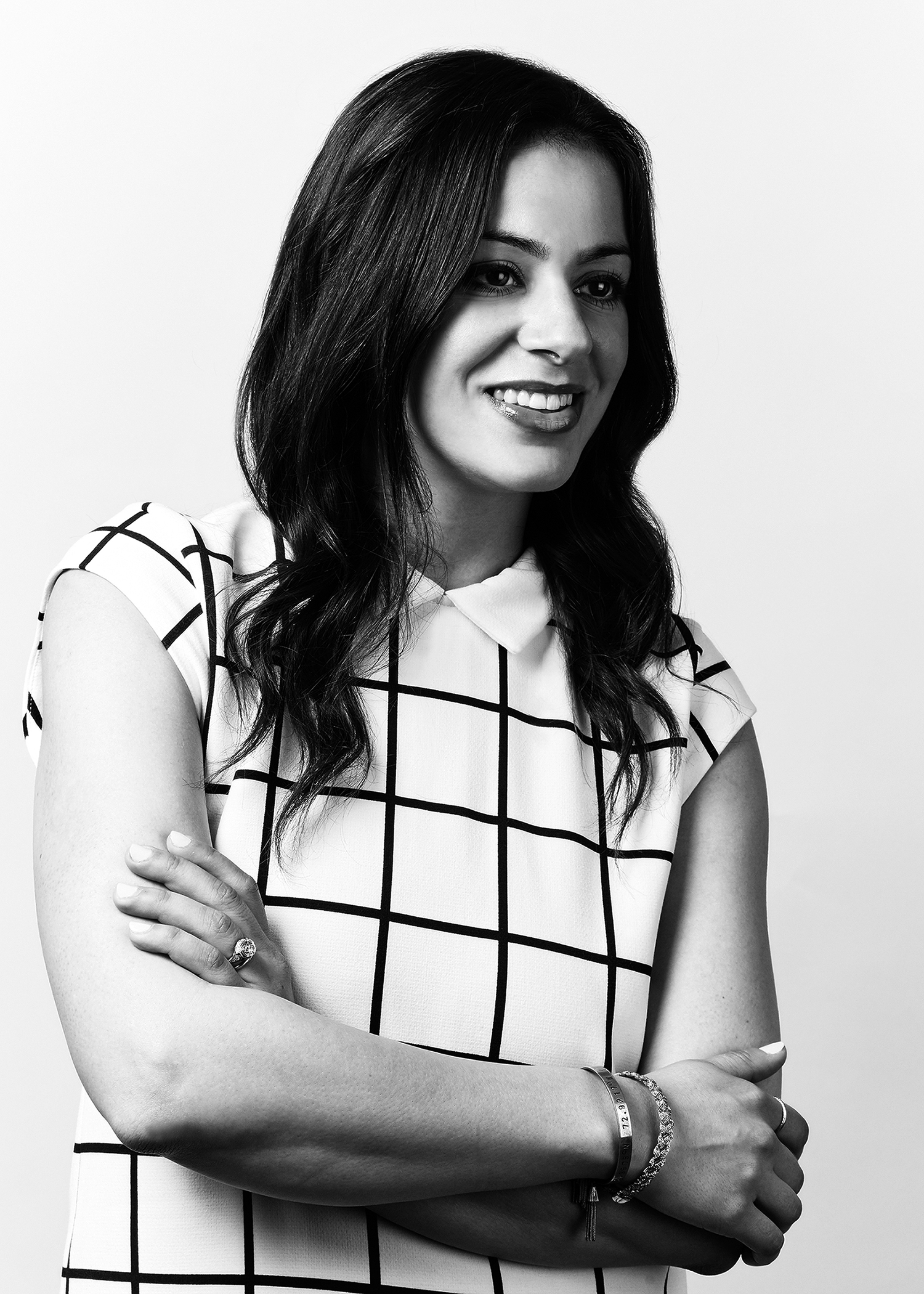Menswear markets

Pop-up markets featuring American-made goods are gaining popularity across the country.
The Pop Up Flea: New York City
Launched in 2009; 5 editions since
Created by A Continuous Lean’s Michael Williams and Urban Daddy’s Randy Goldberg
The market features a selection of brands that are either made in America, or are made with traditional craftsmanship. (80 percent of the brands at The Flea are made in the U.S.) It’s a consumer event that generates a lot of buzz and sales for the exhibiting brands. “That’s what’s great about it,” says Williams. “A lot of people are both commercially and promotionally successful. A lot of editors and buyers come to The Flea, so it’s great PR for the brands. It’s become a gathering hub where people can meet, share ideas and collaborate.”
Williams says there are a couple of reasons why The Flea is successful: 1) It’s time sensitive. The idea of “get it now or it’s gone” really works. 2) Exclusive product. (e.g. Alexander Olch brings in vintage pieces from his archive.) Williams says they have no plans to open a brick and mortar store, but are looking to expand on The Flea’s concept. “We’re thinking of possibly taking The Flea to the West Coast or internationally to London or Japan.”
Northern Grade: Minneapolis, Minn., Chicago
(plans for San Francisco, Los Angeles and Nashville)
Launched in 2009; 4 editions in Minneapolis, 1 in Chicago
Created by Pierrepont Hicks’ Katherine McMillan and J.W. Hulme’s Jennifer Guarino
“Northern Grade was completely inspired by the model of The Pop Up Flea,” says McMillan. “I saw that we had the ability to create something exciting where we can all get together and exchange ideas. We had 22 vendors the first time and it felt intimate and artisanal. The consumer response was overwhelming. At the first show we had 800 attendees and the last one was close to 4,000. Chicago had about 1,500. They were so excited to meet the people behind the brands that they love, but they’re also finding out about new brands.
“We’ve also been trying to figure out ways to include local stores. For example, there are a lot of stores in Minneapolis/St. Paul that sell a lot of the same brands that are at the markets. Local retailers can take a booth and sell product that they carry, as long as its not competing with a brand at Northern Grade, or they’ll sell exclusive, limited-edition products. For example, in Chicago, Haberdash took a booth and sold bags from Topo Designs because they couldn’t make it to Chicago.
“We’re working on an e-commerce piece as well. So many people have reached out to us inquiring about the brands, so we want to create a website that links all of the Northern Grade exhibitors (past and present) together. It could even be a place to sell some of the limited-edition pieces that didn’t sell out at the market. We’re hoping to make it live by summer 2013.
“We promote the events online through social media and blogging. It’s a collaborative marketing effort, so we ask our vendors to reach out to their networks and we’ll work with local bloggers. For example, in Chicago we worked with Brad Bennett of WellSpent.com. He reached out to his network and a lot of people came just because of him.”
American Field: Boston, Mass.
Launched in 2012; 1 edition since
Created by Ball and Buck’s Mark Bollman
“We had about 40 made in America vendors who showed in a historic power station in the South End of Boston (which is like the artsy, hip part of Boston). Brands like Rancourt Shoes, Randolph Engineering, Tellason Denim, New Balance’s made in America line, Frost River, Red Wing Boots, Hartford Denim, and we showed our Ball and Buck brand.
“It was cool and intimate; we had food trucks outside, live music and all these strong brands under one roof. It was great to talk to all of these people who share the same ideas and drive.
“We promoted the event through social media and we also worked with American Made Matters (a group of companies that make product in America). I’m the member chair of AMM. It’s all about building members and awareness. They were at American Field getting people engaged and involved.
“The American Made Matters organization and this American Field event are all steps in making people aware and showing them the difference between something that is outsourced and something made in the U.S. You can bring the horse to water but you can’t force him to drink. So we’re doing everything we can to educate the consumer.”



